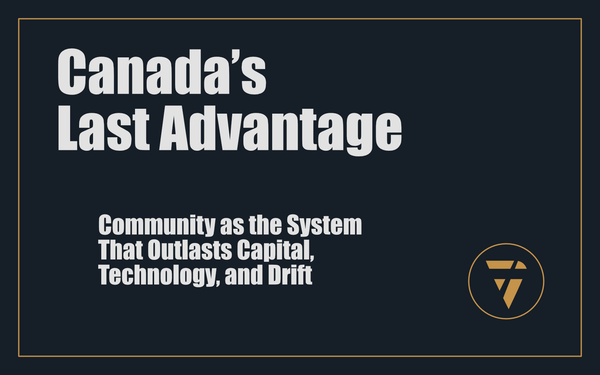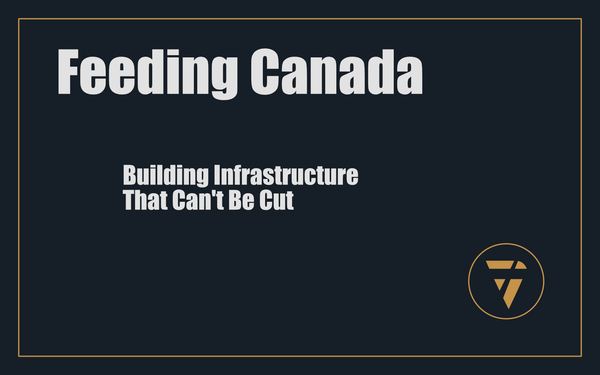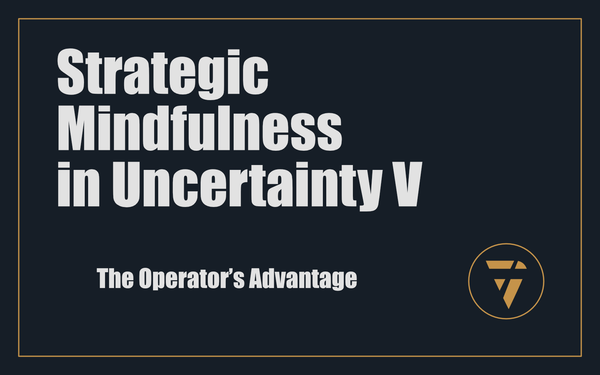PHPP

The Science Behind The Design
Building to the Passive House standard is not a matter of guesswork, inspiration, or faith. It’s precision.
If the first three articles gave you the narrative, the five principles, and the thresholds—this one gives you the engine. The Passive House Planning Package (PHPP).
Without it, you're guessing. With it, you're certain.
Situation: Guesswork Stops Smart Design
In conventional construction, most design decisions are made by rule of thumb.
- “This much insulation should be enough.”
- “These windows are efficient enough.”
- “This system should cover the load.”
And then? The building is built, the furnace is oversized, and the energy bills are unpredictable. Comfort is hoped for, not proven.
Guessing is tolerated because minimum code has no teeth. But Passive House does. You can't bluff your way to 15 kWh/m².
This is why PHPP exists.
Problem: You Need Certainty Before You Build
Passive House is not cheap to fix once mistakes are made. A thermal bridge buried in a concrete balcony cannot be corrected after the pour. Airtightness lost in sloppy detailing cannot be patched by faith.
Without certainty before construction, you risk building something that looks like a Passive House—but fails when tested.
This is drift in design. Money burned, trust lost, performance compromised.
The solution is to stop guessing.
Solution: PHPP—The Passive House Planning Package
The PHPP is not a buzzword. It’s a spreadsheet. A deliberately simple, deceptively powerful Excel-based tool.
What it does:
- Energy Balance: It calculates annual heating and cooling demand, based on insulation levels, airtightness, window performance, ventilation, and more.
- Peak Load: It predicts maximum heating or cooling demand—showing whether your house can be heated with a hair dryer or needs a boiler.
- Comfort Metrics: It ensures interior surfaces stay warm, preventing cold spots and drafts.
- Certification Path: It provides the documentation for official Passive House certification, reviewed and verified by accredited certifiers.
In short: PHPP models reality before reality exists. Passive House Canada
It's not simulation theatre. It's physics, calculated with conservative algorithms, validated by thousands of certified buildings worldwide.
Consequence: From Intention to Performance
This is the lever: PHPP eliminates the gap between intention and outcome.
- For designers: It removes the guesswork. Every design choice is modelled for impact. You can see in advance how much energy a larger window costs—or how much insulation saves.
- For builders: It creates discipline. You don’t just “think” you’re on track—you know. And you know where failure will show.
- For homeowners: It builds trust. Certification backed by PHPP means your house will perform as promised. No greenwashing. No excuses.
The cost of ignoring PHPP? Drift. The building gets built, the blower door fails, energy bills spike, and all you have is regret.
Why It Matters
Passive House is not ideology. It's architecture proved through numbers. PHPP is the proving ground.
Without PHPP, Passive House would be a philosophy—like LEED points or green checklists. With PHPP, it's a standard. Hard numbers, calculated, tested, verified.
Every certified Passive House in the world went through PHPP. That’s why the results are consistent, from Germany to Japan to Canada.
It doesn’t matter if it’s a small rancher in Lumby or the 80,000 m² social housing retrofit in EnerPHit projects in Europe—the same tool drives the design. The same certainty replaces the guess.
Here’s your lever: the PHPP is the difference between building with hope and building with proof. If you're serious about Passive House, you don’t ask “does it feel right?” You ask “what does PHPP say?”
Once you install this discipline, intention becomes performance. That’s the science behind the design.
This is what I’m working on. Tell me what you think, I enjoy the conversation! Subscribe and follow the work in real time.
Thanks!
B

Passive House isn’t built on faith.
It’s built on PHPP.
Every window, wall, and seal—calculated before a nail is struck.
Guessing builds drift.
PHPP builds proof.
Which are you trusting: hope or numbers?
PS -






